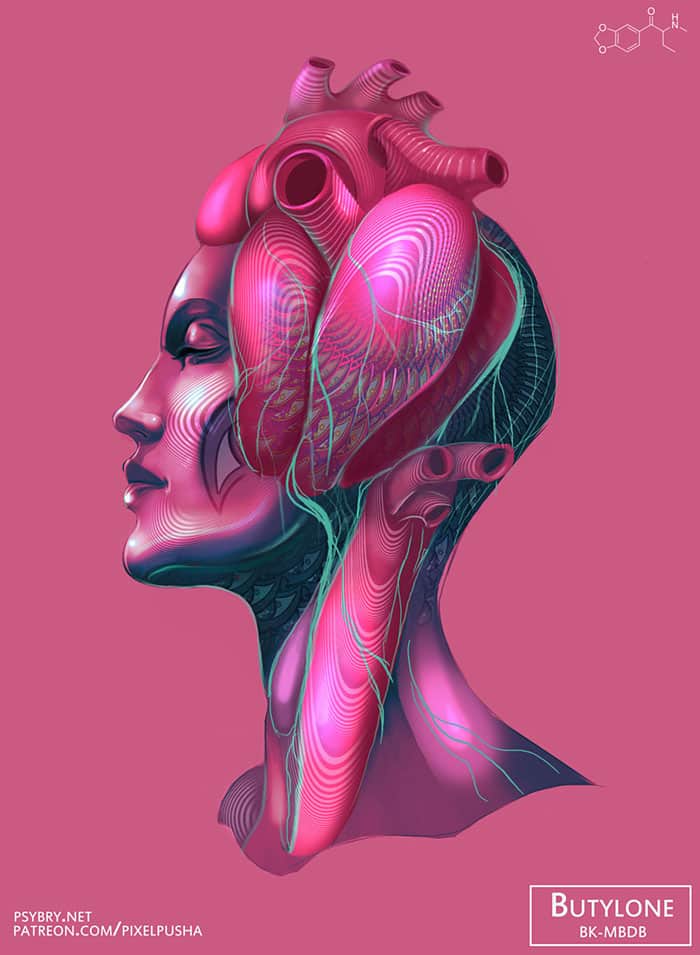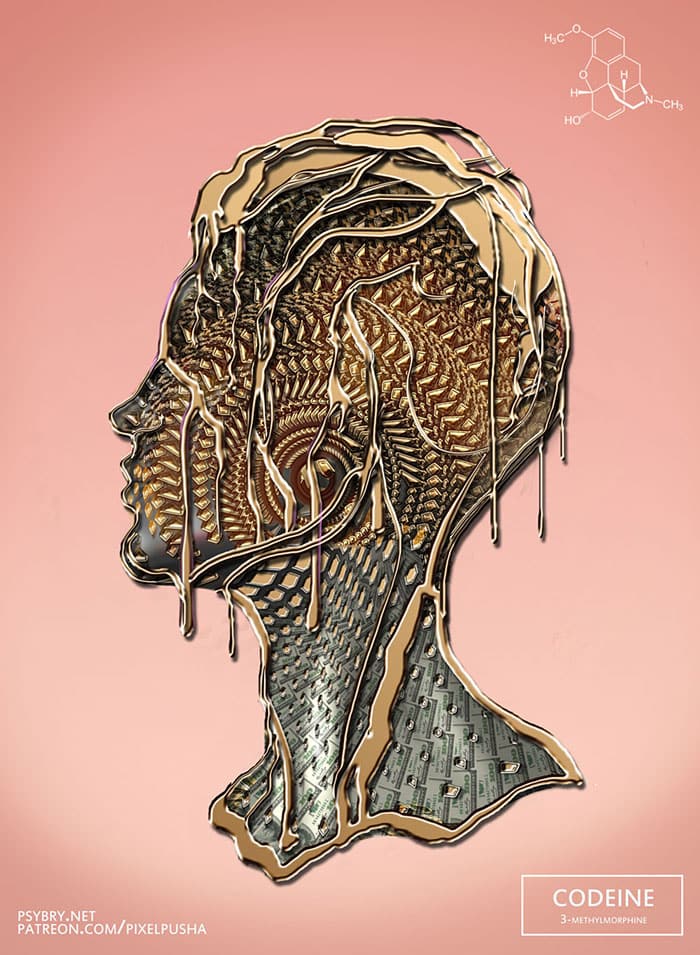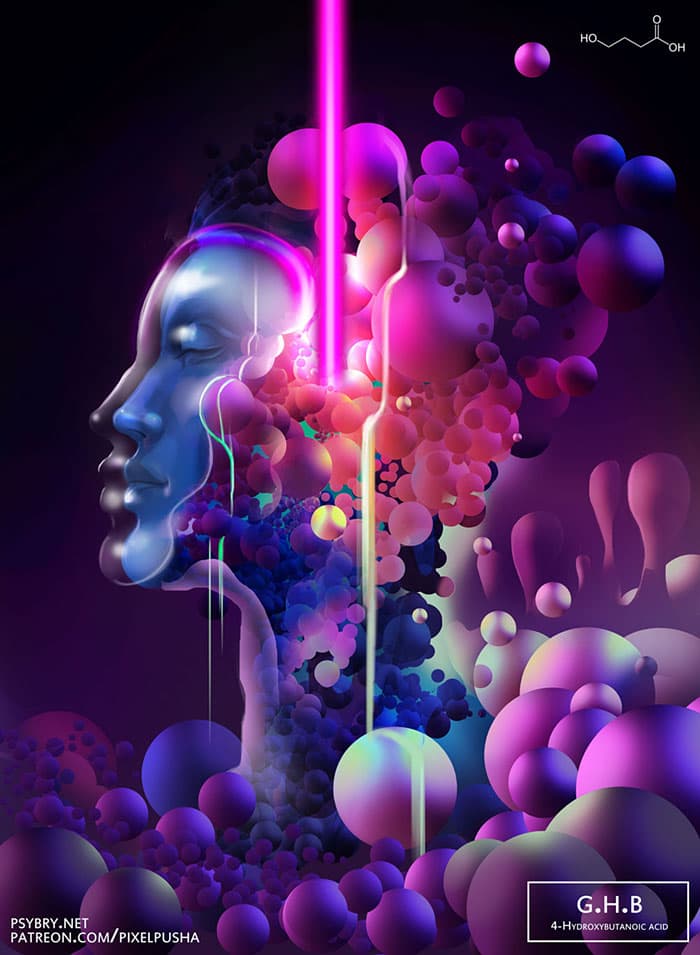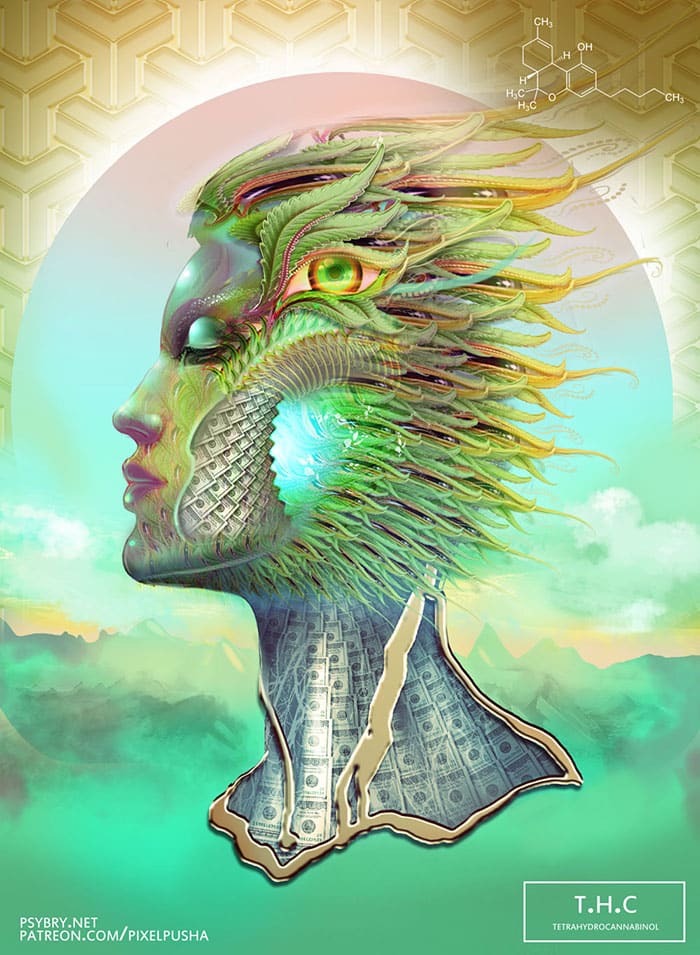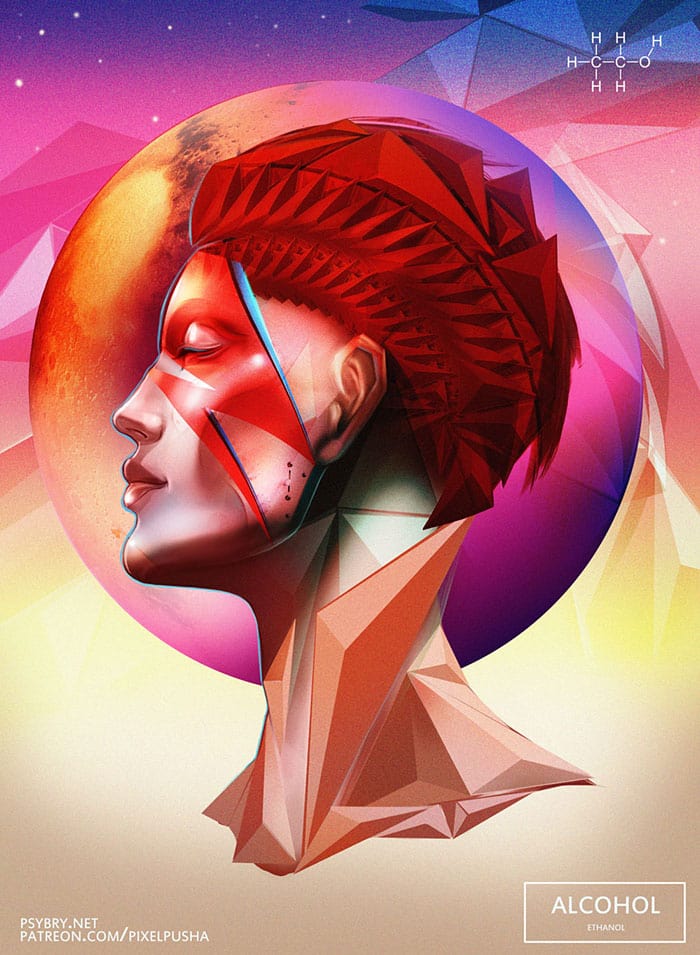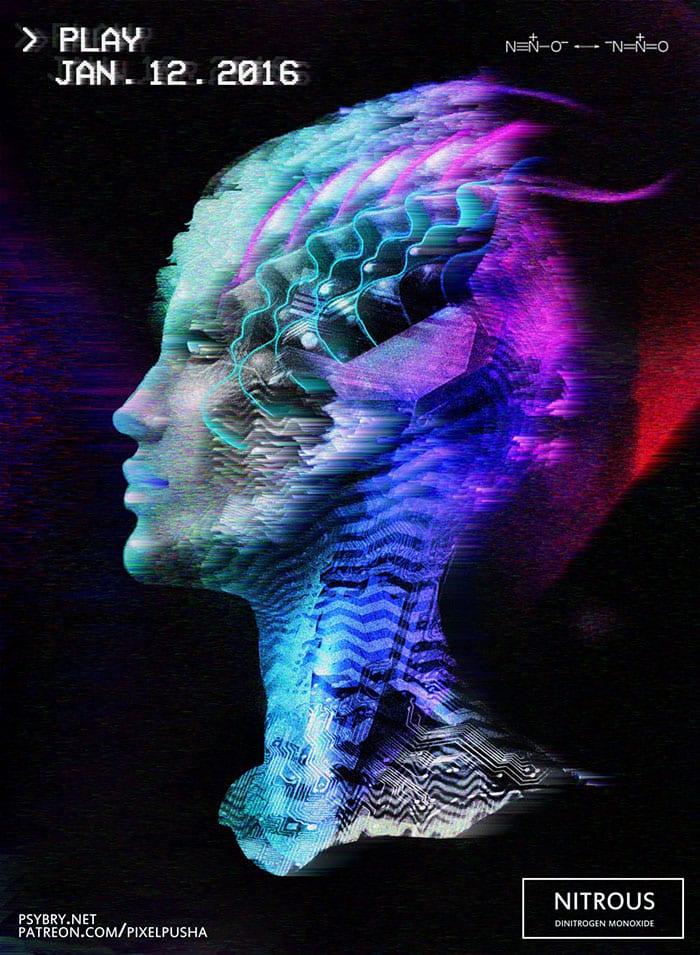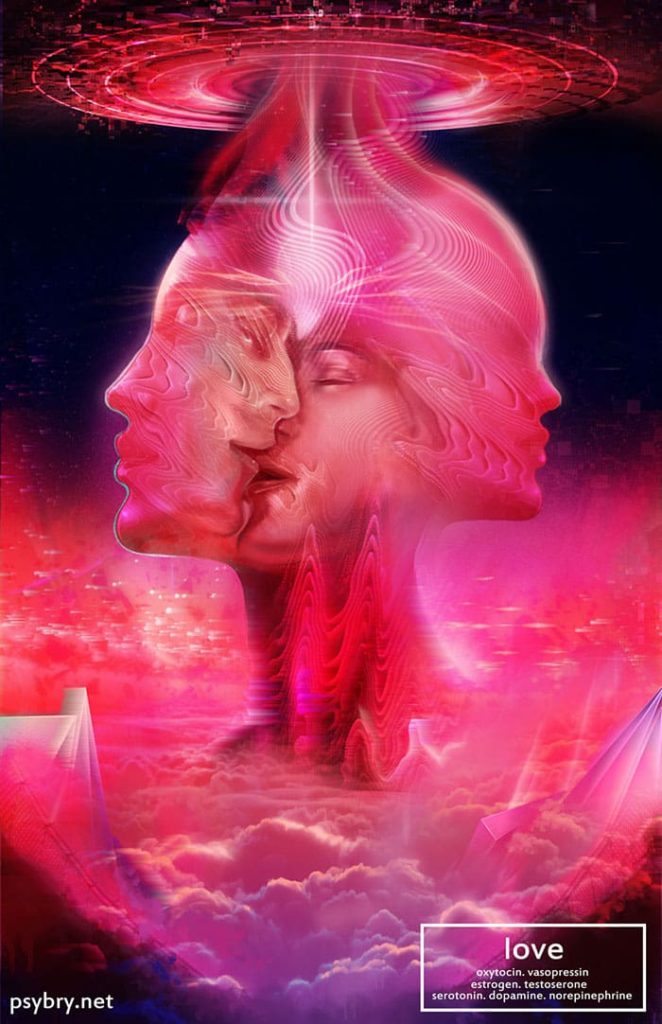In the early 2000s I Busabout-ed across Europe and spent brief but quality time in Amsterdam. This was in the days when magic mushrooms were sold in Dutch head shops but I was more interested in the pot cafes. They provided a public chance to meet strangers who also enjoyed exploring their head, philosophizing, laughing, discovering patterns, chilling. I’d walk in, there was often a cigar box of pre-rolls to choose from, I’d sit near other customers and enjoy the atmosphere and companionship. There was no need to pass the joint because everyone had their own. This was long before vaping displaced joints as the indoor pot vehicle of choice. There was something raw, hippyish and charming about the slow-motion speed of the cafes. After laughing and perhaps having my mind blown by whatever conversation I was privy to, I’d walk to a museum, perhaps to experience Van Gogh’s Starry Night in stoned 3d glowing liquidish form. On mushrooms I imagine Starry Night it was even more magical, but on weed it was still glorious.
Years later I moved to the Northwest, US and was infatuated with Vancouver, Canada. There was/is an aptly named cafe called the New Amsterdam, the “world famous smoke friendly cafe”. You couldn’t buy pot there, but people brought joints and bongs and sat at community tables. It was an ideal additional activity item for an evening out, somewhere between dinner, bar, club or whatever. I admit I felt like a tourist and a moocher (I didn’t have easy access to pot), but I still was captivated.
As medical pot took shape in Seattle I was privy to private vaping lounges. They had dabs for $5, volcano vapes for personal use, and a dispensary attached. At these, I found excellent music, but because they weren’t for the general public, it didn’t feel to me like as natural of a public experience. Perhaps I came at the wrong times, or perhaps they were just figuring things out.
However, as recreational marijuana was voted legal, the lounges were forced to shut down which was a shame. I want to hobnob with stoners in public but we are resigned to consuming our weed in private, away from other folks. Lounges are beginning to pop up, but not where I live.
In California, try: https://potguide.com/california/marijuana-social-lounges/
In Vegas, check out: https://potguide.com/nevada/marijuana-social-lounges/

